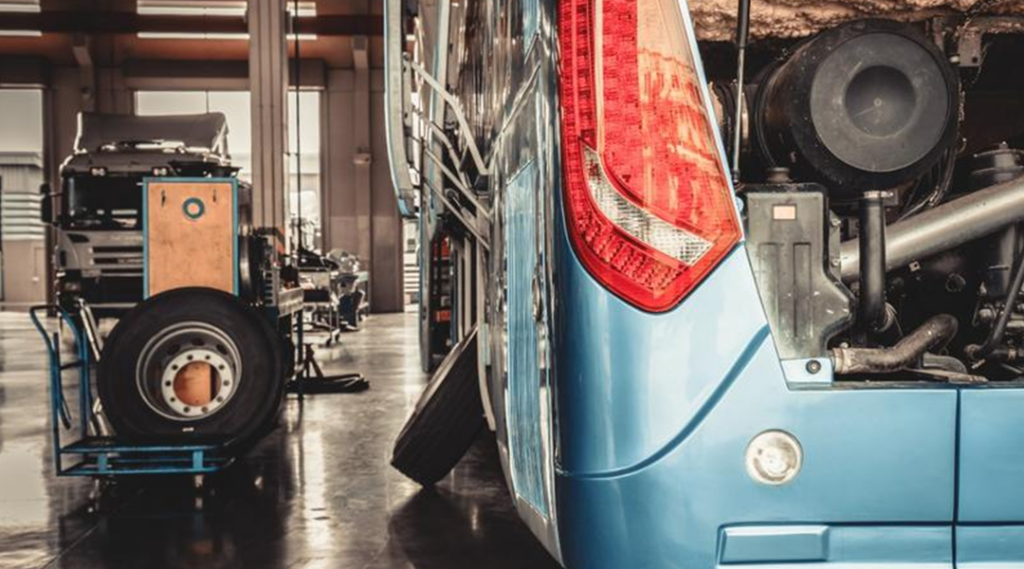Maintenance
Bus Tire Maintenance Tips

Bus tires play an important role in the safety of your time behind the wheel. Keep your tires in good condition by following these maintenance tips.
USE THE RIGHT TIRES
There are many different types of tires available. Specialty tires are designed for specific purposes, such as driving long distances, on wet or unpaved routes, and so on.
When choosing the right bus tires, be sure to consider:
- The length of typical drives, such as long-distance routes or short drives in the city.
- The road conditions, such as unpaved versus paved roads.
- The weather conditions, such as rainy weather which will cause slick roads.
USE THE RIGHT TOOLS
An essential tool for bus tire maintenance is a tire pressure gauge. This tool measures air pressure and lets you know whether tires are underinflated or overinflated.
Improperly inflated tires can create a host of problems, from increased chance of a blowout to reduced fuel efficiency, so be sure to measure air pressure often.
A helpful bus upgrade to consider is a tire pressure monitoring system. This technology provides up-to-date information on air pressure so that the driver does not need to pull over and manually check.
USE THE RIGHT DRIVING PRACTICES
Never overload the bus, which will place undue pressure on the tires and speed up wear.
It’s also important to be mindful of any debris that you drive over. If it feels larger than a small rock, it’s best to check the tires. Make sure nothing is embedded in the tire causing damage. The sooner you catch problems, the less expensive the fix will be.
For bus maintenance and to explore buses for sale, contact the experts at Creative Bus Sales. We proudly serve those throughout the United States.

